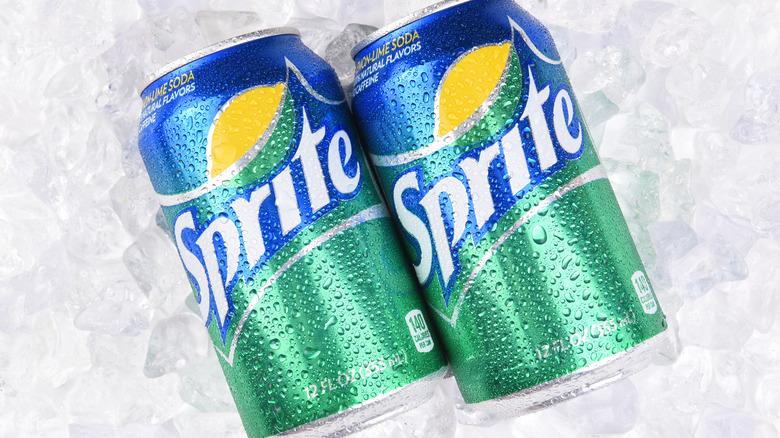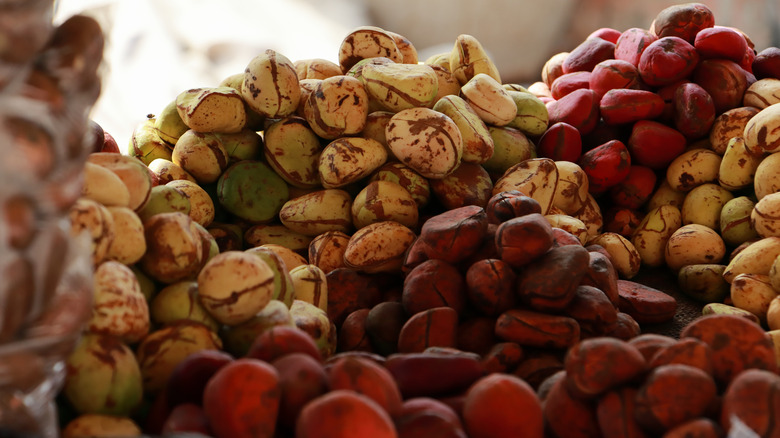Why Doesn't Sprite Have Caffeine?
When coffee is over-stimulating, one alternative source of caffeine is soda. Although it's not always healthy due to its typically high sugar content, sodas like Coke and Pepsi have up to four times less caffeine than the average cup of coffee – perfect for when you need a pick-me-up without the jitters and crash.
The best part of drinking soda for a caffeine fix is that, like coffee, there are countless sodas to pick from. If you want 23 flavors, Dr. Pepper is the way to go! If you want something classic, stick with Coke! But if you're not a fan of either, why not opt for an ice-cold Sprite? After all, nothing can take you to space faster than a zippy sip of McDonald's Sprite.
But that famous first sip feeling of McDonald's Sprite has nothing to do with caffeine hitting your bloodstream — that's because Sprite doesn't actually have any caffeine at all. But why not?
Kola nuts and competition have kept Sprite decaffeinated
Kola nuts are the small West African native tree nuts that gave Coca-Cola its name back in the day. Kola nuts are naturally high in caffeine content and were often used as extracts to give sodas a sweet flavor, brown color, and, of course, a stimulating dose of caffeine. When Sprite came out in 1961, it was free from any traces of kola nut. Today, the caffeine found in Coke, Pepsi, and other sodas is made from synthetic caffeine, but Sprite stays true to its history and is still a caffeine-free beverage void of kola nuts and other synthetic caffeine sources.
But why exactly would Sprite bypass using caffeine of any kind in its recipe? The answer is simple — competition. About thirty years before the Coca-Cola company invented Sprite, there was the original lemon-lime soda — 7Up. Because 7Up was Sprite's biggest market competitor, they fell in line with the original recipe and created a lemon-lime soda that was also caffeine-free.
Although Sprite doesn't boast any caffeine content, if you drink enough, you might end up with a sugar rush!

